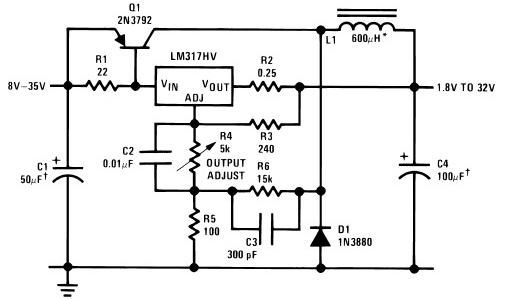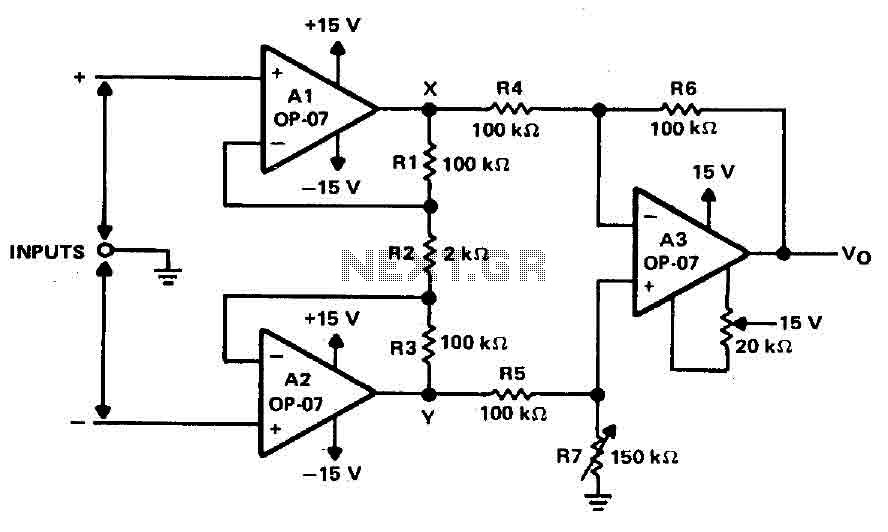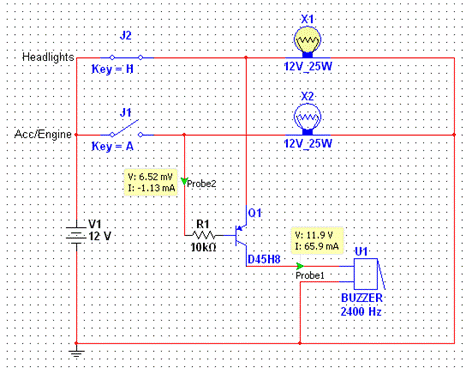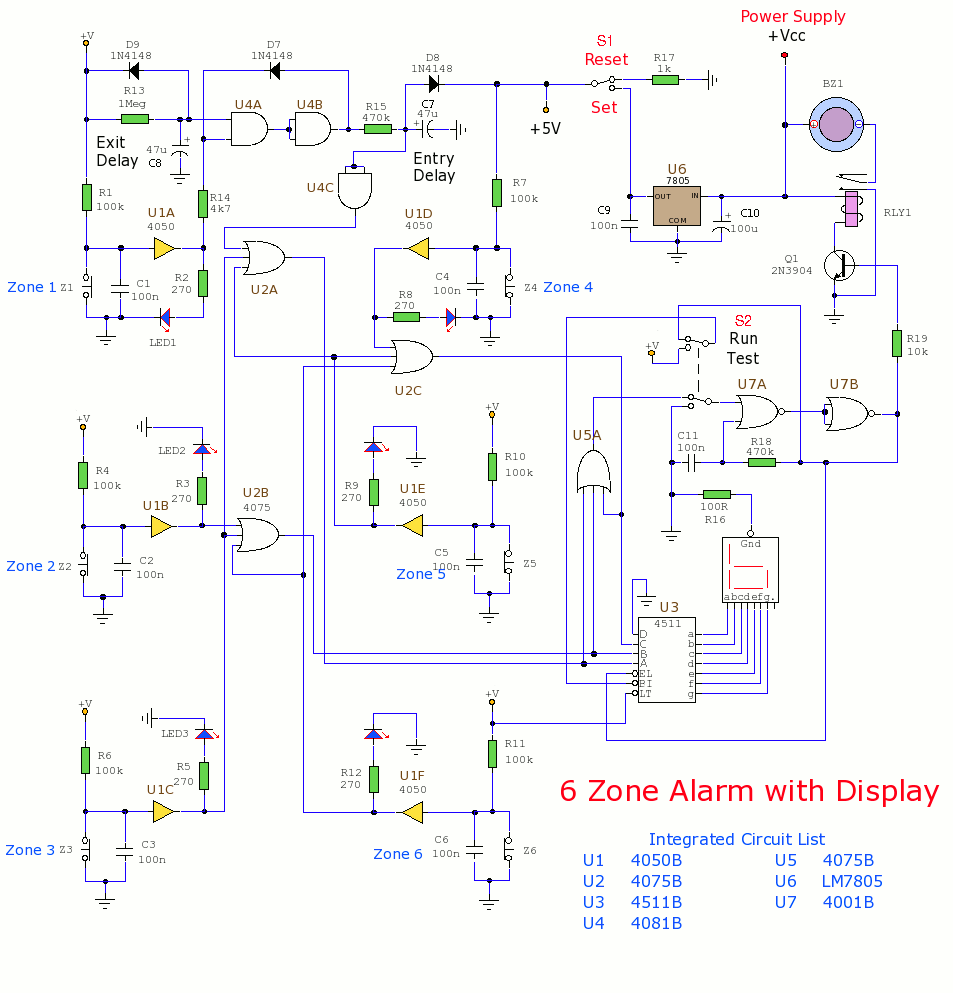
lm317 variable power supply circuit project

The circuit diagram of this LM317 power supply electronic project requires a few external components. The input voltage for this project must be between 8 and 35 volts, providing a variable output voltage ranging from 1.8 volts to 32 volts. Capacitors C1 and C4 must be of the solid tantalum type. Additionally, the L1 coil must have an inductance of 600 µH. An Arnold A-254168-2 core with 60 turns can be utilized for the L1 coil.
The LM317 is a popular adjustable voltage regulator that is widely used in power supply applications due to its versatility and ease of use. The input voltage range of 8 to 35 volts allows for compatibility with various power sources, making it suitable for a range of applications. The output voltage can be adjusted by changing the resistor values in the feedback network connected to the LM317, enabling a wide range of output voltages from 1.8 volts to 32 volts, suitable for powering different electronic devices.
Capacitors C1 and C4, specified as solid tantalum types, play a crucial role in stabilizing the voltage output and filtering noise. Tantalum capacitors are known for their reliability and stability over a wide temperature range, making them ideal for this application. The use of a 600 µH inductor (L1) in the circuit is essential for smoothing out the output voltage and minimizing ripple, ensuring a stable supply for the connected load. The recommended Arnold A-254168-2 core with 60 turns provides the necessary inductance while maintaining compactness and efficiency in the design.
Overall, this LM317 power supply circuit is a robust solution for providing adjustable voltage outputs, with careful consideration given to component selection for optimal performance and reliability.As you can see in the circuit diagram this LM317 power supply electronic project require few external components. The input voltage required by this electronic project must be between 8 and 35 volt, and will provide a variable output voltage over a wide range, from 1.
8 volts up to 32 volts. C1, C4 capacitors must be a solid tantalum type and L1 coil must have a 600uH inductance. For L1 coil you can use a Arnold A-254168-2 core with 60 turns. 🔗 External reference
The LM317 is a popular adjustable voltage regulator that is widely used in power supply applications due to its versatility and ease of use. The input voltage range of 8 to 35 volts allows for compatibility with various power sources, making it suitable for a range of applications. The output voltage can be adjusted by changing the resistor values in the feedback network connected to the LM317, enabling a wide range of output voltages from 1.8 volts to 32 volts, suitable for powering different electronic devices.
Capacitors C1 and C4, specified as solid tantalum types, play a crucial role in stabilizing the voltage output and filtering noise. Tantalum capacitors are known for their reliability and stability over a wide temperature range, making them ideal for this application. The use of a 600 µH inductor (L1) in the circuit is essential for smoothing out the output voltage and minimizing ripple, ensuring a stable supply for the connected load. The recommended Arnold A-254168-2 core with 60 turns provides the necessary inductance while maintaining compactness and efficiency in the design.
Overall, this LM317 power supply circuit is a robust solution for providing adjustable voltage outputs, with careful consideration given to component selection for optimal performance and reliability.As you can see in the circuit diagram this LM317 power supply electronic project require few external components. The input voltage required by this electronic project must be between 8 and 35 volt, and will provide a variable output voltage over a wide range, from 1.
8 volts up to 32 volts. C1, C4 capacitors must be a solid tantalum type and L1 coil must have a 600uH inductance. For L1 coil you can use a Arnold A-254168-2 core with 60 turns. 🔗 External reference





